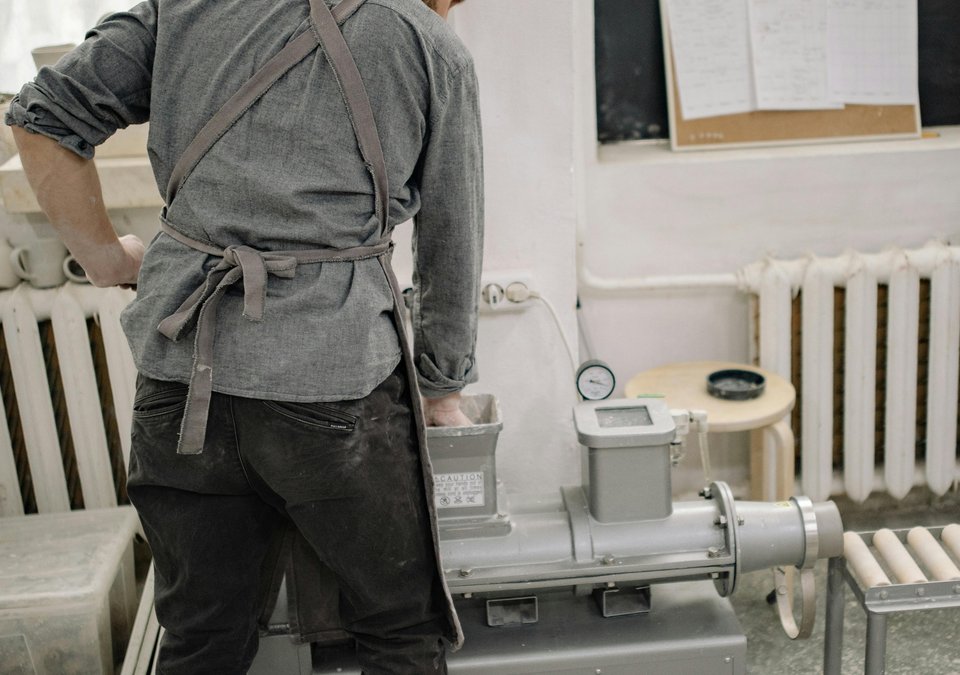Common Types of Injuries Caused by Manual Handling
1. Back Injuries
Back injuries from manual handling are extremely common. These can include back strains, slipped discs and long-term spinal issues caused by incorrect manual handling techniques.
2. Shoulder and Neck Injuries
Shoulder and neck injuries can occur due to overreaching or lifting incorrectly at work. This is why strains and tears are fairly common where manual handling is required.
3. Strains and Sprains
Injuries to wrists, elbows, and knees, as well as repetitive strain injuries at work would all be considered common manual handling injuries.
4. Hand and Arm Injuries
Workers may obtain cuts, bruises or fractures from incorrect handling of objects at work, or if procedures are not followed properly.
5. Hernias
In scenarios where safe lifting techniques are not followed, it is very easy for hernias to occur. Heavy lifting and hernias are closely associated due to the muscles in the stomach becoming strained.
6. Musculoskeletal Disorders (MSDs)
Musculoskeletal disorders in the workplace are chronic conditions that impact the muscles, bones and joints due to poor posture. These disorders can also be caused by repetitive strain, and can take a significant amount of time to develop.
7. Slip, Trip, and Fall Injuries
There is clearly a significant risk that goes hand in hand with carrying large objects, including slips, trips and falls. Manually handling objects can obstruct your vision which means that indirect injuries can be caused as a result.
Back injuries from manual handling, and other strains, injuries and disorders are all too common amongst manual workers. Having an awareness of these common manual handling injuries will help you to prevent physical trauma and call out your employer if you notice any unsafe practice in your workplace.
What Causes Manual Handling Injuries?
Here are some of the most common causes of manual handling accidents in the workplace. Are any of these familiar to you?
1. Lack of Training
There are numerous manual handling training requirements as outlined in the Health and Safety Act. Improper training leads to unsafe practices which is the primary cause of manual handling injuries at work.
2. Unsafe Work Environments
Some examples of unsafe work environments include, cluttered spaces, slippery floors, or improper equipment. There is a high level of employer responsibility for manual handling injuries, especially if the work environment is deemed to be unsafe.
3. Overexertion or Fatigue
Employees who are overexerted or fatigued whilst they work are at risk of physical strain. It’s important for employers to recognise the dangers of exhaustion during manual labour jobs and allow adequate rest time to recover.
4. Ignoring Risk Assessments
Risk assessment plays a very important role in preventing injuries. The absence of risk assessments often causes an increase in manual handling injuries, and constitutes negligence. This would be a useful piece of evidence to support your claim, if you suspect that your employer hasn’t carried out the proper risk assessments in your workplace.
Preventing manual handling injuries can be done by carrying out proper risk assessments for manual handling.






